1. Vintage Carpenter’s Braces
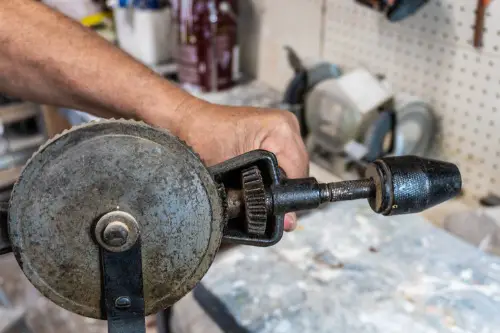
The carpenter’s brace, or hand drill, was a must-have before electric drills became common. These tools featured a crank-like design and often came with ornate wooden handles. High-quality examples, especially those with patented chuck mechanisms, are now collectible. Some fetch surprising prices because they showcase innovation from over a century ago.
They also remain functional, which adds to their appeal. Unlike electric drills, a brace gives precise control, making it a favorite for fine woodworking. Many enthusiasts enjoy the satisfying feel of using one. Collectors often buy them not just to display, but to put them back to work.
2. Vintage Hand-Crank Egg Beaters
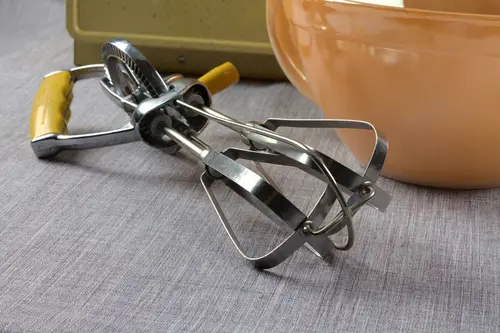
Before electric mixers, kitchens relied on hand-crank egg beaters. Many of these were produced in the late 19th and early 20th centuries, often with sturdy metal gears and charming wooden handles. Collectors prize them for their durability and nostalgic connection to home cooking. Some rare models can fetch impressive prices because they showcase craftsmanship that’s nearly impossible to find today.
They’re also popular with buyers who appreciate sustainable living. Unlike electric gadgets, these egg beaters never need batteries or an outlet. They’re quiet, functional, and built to last through generations. That mix of utility and history makes them highly appealing.
3. Butter Churns
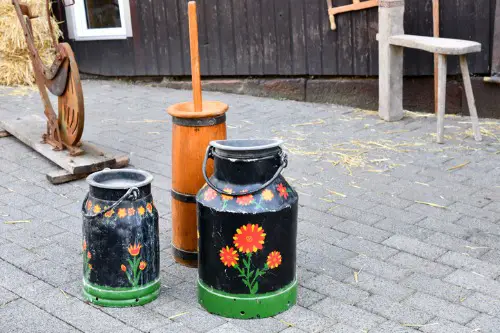
Before supermarkets, homemade butter was the norm, and butter churns were everyday tools. These came in many forms, from wooden barrel styles to glass jars with hand-crank paddles. They may look quaint now, but they were essential in kitchens less than a century ago. Because of their rustic charm, collectors and decorators often compete to own them.
Some churns are still usable, and people who enjoy traditional food-making see them as both functional and beautiful. Larger antique barrel churns, especially with original markings, can fetch strong prices at auction. Glass churns with intact paddles are particularly sought after. They serve as a reminder of a slower, more hands-on era of food preparation.
4. Oil Cans and Oiler Tools
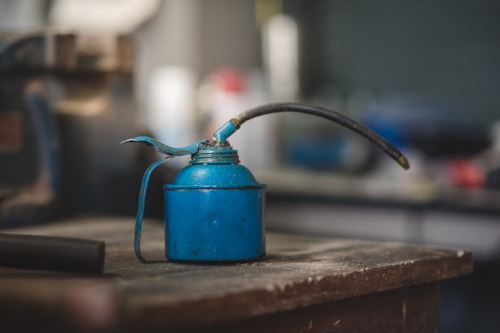
Long before spray lubricants, mechanics used small metal oil cans to keep machines running. They often came with flexible spouts or pump mechanisms, designed to reach tight spaces in engines or gears. Many were produced with distinctive designs, which now appeal to both tool collectors and vintage decor enthusiasts. An old oil can in good condition can be surprisingly valuable.
Car culture collectors in particular enjoy these items. They often display them in garages or man caves alongside other automotive memorabilia. Certain branded oilers, like those from Singer sewing machines, carry extra weight with buyers. They’re practical artifacts that tell the story of industrial progress.
5. Drawknives
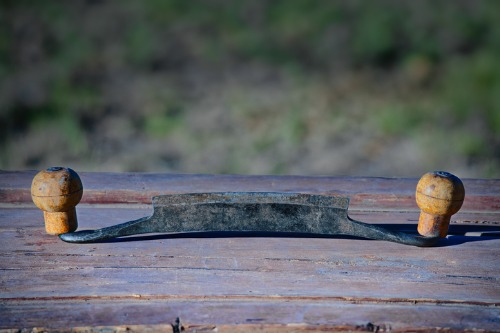
A drawknife looks simple: just a blade with handles on each end. But this tool was once essential for shaping wood, especially for furniture, wheel-making, and cabinetry. Because they were heavily used, many that survive today are worn down, making well-preserved examples rare. Collectors and woodworkers prize them for their mix of history and functionality.
A sharp, intact drawknife is still useful in the workshop today. Many artisans prefer them over power tools for precise, controlled cuts. They also embody a level of craftsmanship tied to hand-built traditions. That makes them not only collectible but also valuable for people practicing traditional woodworking.
6. Stanley No. 1 Planes
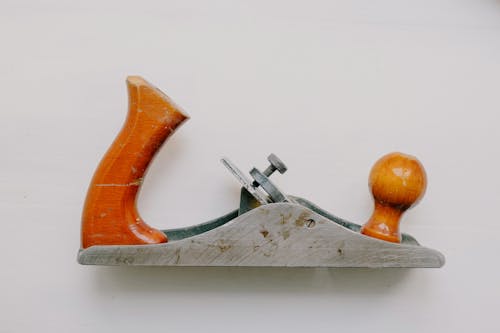
The Stanley No. 1 smoothing plane looks like a miniature version of the more common carpenter’s plane. Produced in the late 1800s and early 1900s, they were small, practical tools meant for fine woodworking. Because of their size, fewer were made, and even fewer survived in good condition. Today, collectors are willing to pay thousands of dollars for one in excellent shape.
Woodworkers admire the tool because it still works beautifully. It’s compact, lightweight, and capable of creating an incredibly smooth finish. Enthusiasts also see it as a symbol of Stanley’s golden age of manufacturing. That combination of rarity and function is what keeps prices high.
7. Vintage Sickle Knives
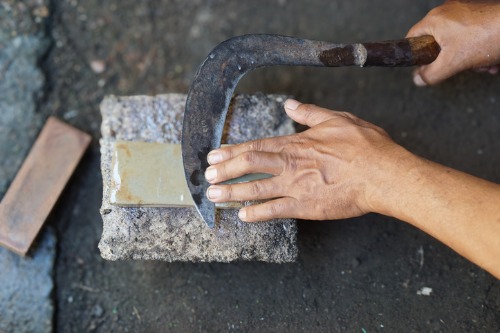
Sickles were once everyday farming tools, used for harvesting grain and cutting grass. Their curved blades and wooden handles made them efficient for field work before mechanized equipment took over. Today, antique sickles are valued for their rustic character. Some, especially with unique regional designs, can command high prices.
Decorators love them for farmhouse or rustic displays. Collectors also appreciate them for their role in agricultural history. While they may no longer be practical for large-scale farming, they still serve as conversation pieces. That blend of utility and heritage makes them surprisingly marketable.
8. Millstones
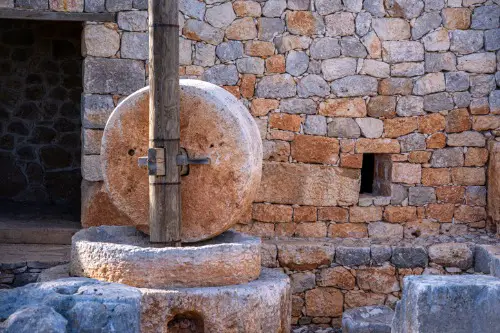
Millstones were once the backbone of flour production. These massive, circular stones ground grain into meal and flour in local mills. While you won’t find them in every antique shop, intact examples can bring in serious money. Their sheer size and historical significance make them prized by collectors.
Landscapers and homeowners also covet them as unique garden features. A millstone in a backyard instantly adds character and tells a story. Because they’re often centuries old, their survival feels remarkable. That sense of history is what turns them from old stone into priceless artifact.
9. Leatherworking Tools
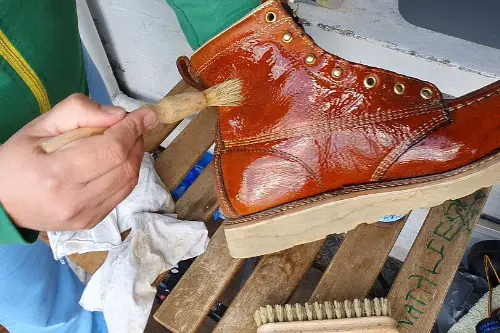
Before mass-produced leather goods, artisans relied on specialized tools to cut, punch, and stitch leather. Many of these tools, from awls to edge bevelers, were handmade themselves. Antique examples in good condition can be surprisingly expensive. Collectors and craftspeople alike seek them out because they remain fully functional.
There’s also a cultural value in these tools. They represent an era when durability and craftsmanship were central to daily life. Modern leatherworkers often prefer them over new versions because of their sturdiness. Owning one is like holding a direct link to generations of skilled artisans.
10. Old Scythes
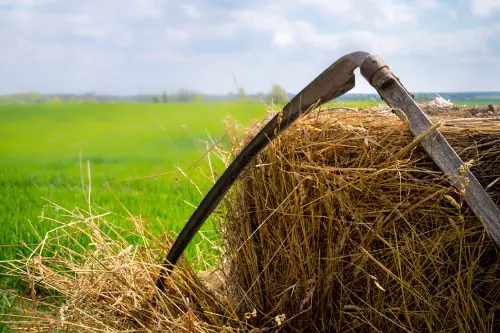
Scythes are large, curved-blade tools once used to harvest crops or mow fields. They required skill to wield but were efficient for small-scale farming. Antique scythes, particularly those with intact wooden handles and original blades, have become sought-after collectibles. Their long, dramatic shape makes them popular for display as well.
Beyond decor, they carry a sense of agricultural heritage. They symbolize a world before machines dominated farming. People who value sustainable living sometimes even put them back to use. That combination of symbolism and utility drives interest among buyers.
11. Watchmaker’s Tools
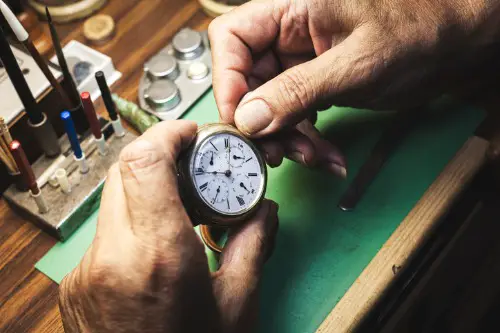
Tiny, intricate tools once belonged to craftsmen who repaired pocket watches and delicate timepieces. These included miniature screwdrivers, tweezers, and custom devices designed for precise adjustments. Because watchmaking was such a specialized trade, many of these tools were made in limited numbers. Collectors of both watches and tools see them as highly valuable.
They’re also fascinating as objects of design. Their small size and unique purpose make them feel almost like pieces of art. For someone who collects antique watches, owning the tools that kept them running adds depth to their collection. That crossover appeal is what makes them so sought after.
12. Antique Coffee Grinders
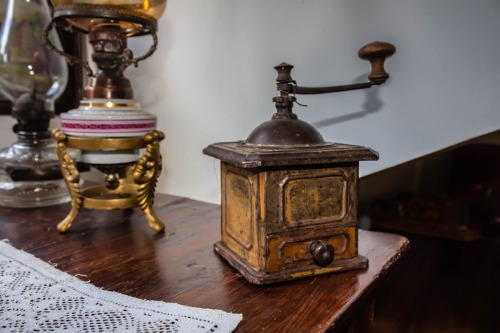
Before electric grinders, people used hand-crank coffee mills. These came in countertop versions with ornate cast-iron designs or small wooden box styles with drawer compartments. Collectors love them for their decorative value, and functional examples are even more appealing. Some rare brands and designs command high auction prices.
They’re also surprisingly practical for everyday use. Coffee lovers often appreciate the slow, hands-on experience of grinding beans by hand. The aroma and ritual tie directly to the past. That sensory connection makes antique grinders especially desirable.
13. Early Medical Tools
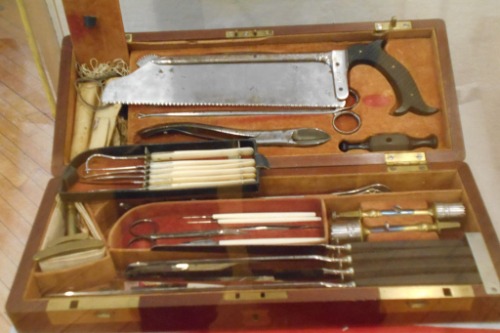
Old surgical kits and medical tools can look unsettling today, but they’re highly collectible. Doctors once relied on handmade scalpels, saws, and clamps that now look like something out of a museum. Because many were made with brass or fine steel, they have survived remarkably well. Collectors and historians pay a premium for well-preserved sets.
These tools also provide a fascinating look into the history of medicine. They remind us of how far healthcare has advanced in just a century or two. Some buyers display them as conversation pieces, while museums acquire them to preserve history. Their blend of rarity and historical importance is what drives their value.
14. Blacksmith’s Tongs
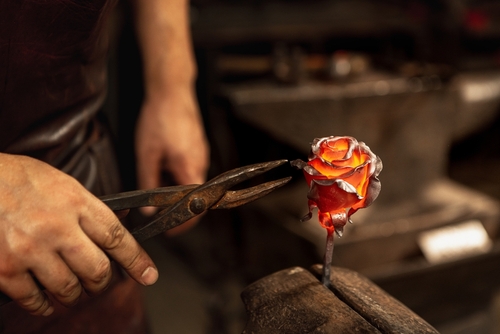
Blacksmith’s tongs were once indispensable for shaping red-hot iron at the forge. They came in many specialized forms, each designed for gripping different types of metal. Because they were working tools, few survive today in pristine condition. Those that do are valued both as collectibles and as relics of a fading craft.
Collectors admire them for their rugged, utilitarian beauty. They also appeal to modern hobbyist blacksmiths, who find antique tongs just as functional as new ones. The combination of durability and history makes them highly sought after. In the right market, a set of well-preserved tongs can fetch far more than expected.
15. Cobbler’s Shoe Lasts
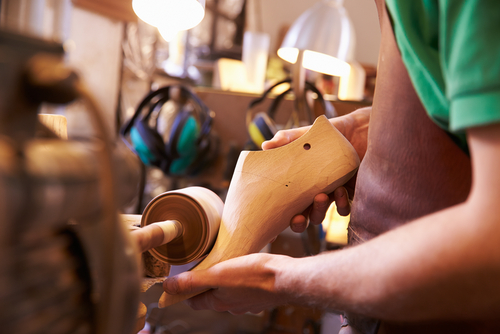
Shoe lasts were once essential to cobblers, used to shape and repair footwear. They were typically made from heavy iron or solid wood and crafted in different sizes for men, women, and children. Some were beautifully marked with stamps or dates, which now adds to their collectibility. Antique shoe lasts, especially rare or unusual ones, can sell surprisingly well.
Decorators often prize them as industrial-chic accents. Many buyers enjoy them as sculptural objects that also carry a sense of history. Craftspeople sometimes repurpose them for creative projects, turning them into lamps or bookends. That versatility, along with their ties to traditional shoemaking, gives them unique appeal.
16. Spinning Wheels
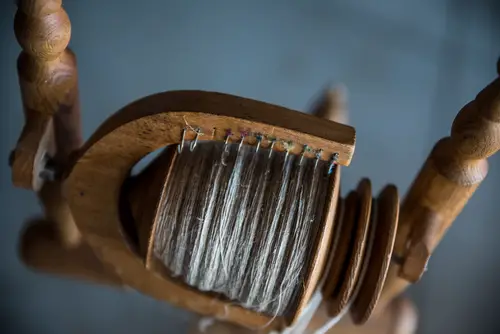
Long before factory-made textiles, spinning wheels transformed wool or flax into thread. They were a household staple in many parts of the world, and designs varied widely by region. Because they were large and durable, many still survive in barns and attics. Today, well-kept examples can bring impressive prices at auctions and estate sales.
Collectors often seek them for their beauty as much as their function. They’re prized as decorative antiques that also represent self-sufficiency and craftsmanship. Some enthusiasts even restore them for actual spinning, keeping old traditions alive. This balance of artistry and utility explains why they remain desirable.
17. Ice Saws

Before refrigeration, massive ice blocks were cut from frozen lakes with long, serrated ice saws. These tools often featured heavy wooden handles and steel blades built to withstand harsh conditions. Because they were specialty tools, they weren’t produced in high numbers, making surviving examples rare. Collectors of industrial history find them especially fascinating.
They’re also visually striking, which makes them attractive as wall hangings or rustic decor. Some outdoor history museums still demonstrate their use during winter festivals. That living connection to a lost trade gives ice saws enduring value. Buyers willing to pay top dollar often see them as both artifacts and art.
18. Telegraph Keys
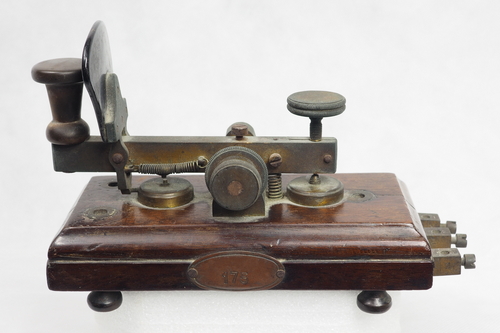
Telegraph keys were once the backbone of communication, used to send coded messages over wires. They came in many forms, from simple straight keys to more elaborate semi-automatic models. Because they marked a turning point in technology, they’re now treasured by collectors. Certain rare or military-issued versions can command very high prices.
Enthusiasts of radio and communication history especially seek them out. Many still work, making them popular with amateur radio hobbyists. Their polished brass and intricate levers also make them appealing as display pieces. They’re a perfect example of how old tools can hold both beauty and historical importance.
19. Corn Shellers
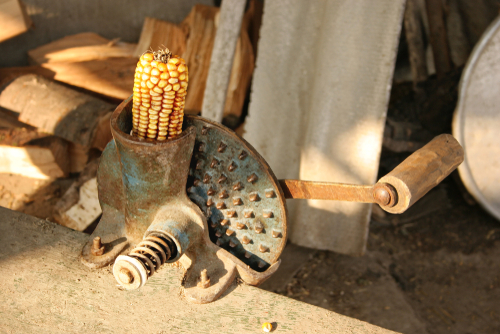
Corn shellers were once an everyday tool on farms, used to strip kernels from cobs quickly. Some were handheld devices, while others were larger cast-iron crank machines. They saved enormous amounts of time in an era when every task was labor-intensive. Today, antique examples can sell for more than their humble origins suggest.
Collectors appreciate their mechanical ingenuity and rustic appearance. Larger crank models often double as striking display pieces for barns or farmhouse-themed decor. Functional versions are also still used by small-scale farmers and homesteaders. That mix of nostalgia and practicality keeps interest strong among buyers.
20. Surveyor’s Compasses
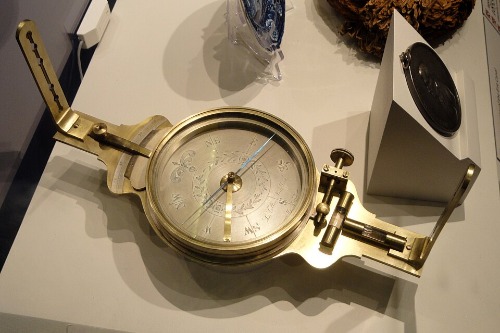
Surveyor’s compasses, also known as circumferentors, were essential for mapping and land division. Made with brass fittings, glass covers, and delicate needles, they combined beauty with precision. Many 18th- and 19th-century examples survive in ornate wooden cases. Because of their craftsmanship, they’re especially prized by collectors of scientific instruments.
These tools also appeal to history buffs fascinated by early exploration and settlement. Owning one feels like holding a piece of the story of how land was first measured and claimed. Some are displayed in libraries or offices as conversation starters. Their blend of elegance and utility ensures they hold lasting value.
21. Meat Grinders
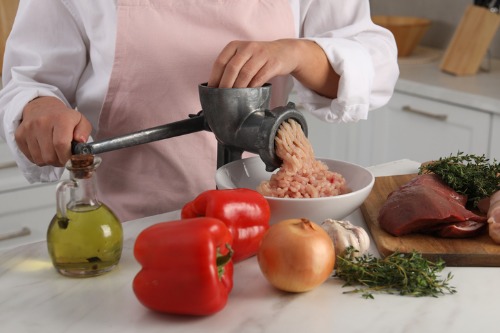
Before electric appliances, meat grinders were cranked by hand to process cuts of meat into ground form. They often clamped onto tables and featured durable cast-iron construction. Many were stamped with maker’s marks or patents, which adds to their appeal today. Complete examples with all their attachments can bring in strong prices.
Collectors enjoy them for their nostalgic connection to family kitchens. They’re also sought after by people who appreciate traditional food preparation methods. Some homesteaders still use them, proving their practicality hasn’t vanished. Their durability and cultural resonance make them a surprisingly valuable find.
This post 13 Old Tools That Turn Out to Be Priceless to the Right Buyer was first published on Greenhouse Black.
